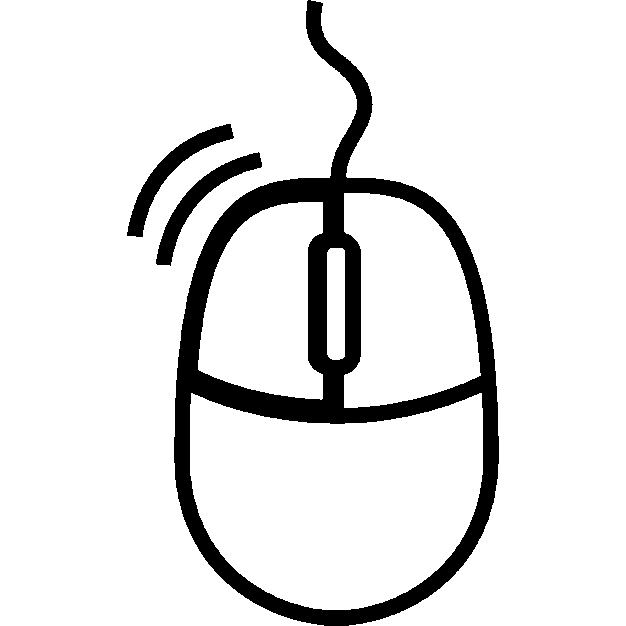CROSSROADS TO SOMEWHERE
The Saga of Tad Nagaki:
Nebraska farmer to OSS Operative
By W.T. Wimpy Hiroto
This is the first installment of a 3-part series.
Fhlop. Fhlop. Fhlop. Fhlop. The parachutes seemed to open on cue. Fhlop. Fhlop. Fhlop. Seven cotton balls in synchronized unison. The morning of Aug. 17, 1945, was already sweltering hot despite buffeting winds. Jumping from 400 feet eliminated the danger of anti-aircraft fire but could bring the threat of small arms into play. Members of Duck Team had little time to worry about potential enemy resistance. Their assignment was to free 1500 prisoners of war at Weihsien Civilian Assembly Center on China’s mainland. Tadashi Nagaki was second man out of the lumbering B-24 Liberator bomber, aptly named “The Armored Angel.” 
The military saga of Tad Nagaki does not follow the well-worn path of evacuated Nisei internee to a slogging 442nd Regimental Combat Team soldier in Italy. This GI would go for broke in a far less familiar, almost forgotten World War II theatre of operation.
Drafted in November of 1941, he was just a farm boy being sent off to fight a war with other fellow Nebraskan recruits.A stocky 5’5”athlete who excelled at baseball, football and track Nagaki had set his sights on becoming an (*) ...
(* The U.S. Army had it’s own air force at that time; Ben Kuroki, ironically also from Nebraska, was one of only two Nisei ever accepted into its service.)
... air cadet, passing all required tests and physicals; only to be denied acceptance because of ethnicity, Nagaki’s very first experience with racial prejudice.
A star-crossed military experience continued to sour when, as a signal corps trainee, everyone shipped out for overseas duty except him. While assigned to such menial tasks as pruning trees and loading supply trains (with 40 other Nisei), Nagaki spotted an ominous notice on the bulletin board: “Volunteers for a Special Nisei Combat Unit” were being sought for "highly secret intelligence work more hazardous than combat".
There is a standing axiom for military survival.
Never volunteer for nothing.
To Private Nagaki anything would be better than gardening and manual labor for the duration. He signed on without any reservations, one of 23 to make the harrowing decision. In the final reckoning only 14 would complete the training regimen, three from California, 10 from Hawaii and Nebraskan Nagaki.
The rigorous preparation began with radio training in Illinois, Military Intelligence Language School sessions at FortSavage, Minnesota, and six weeks of unrelenting survival conditioning on Catalina Island. The irony of training in California while all Japanese were barred from the west coast military zone was not lost on the Nisei trainees. Although all communications with the outside world were restricted and censored, the Catalina experience gave hint to where OSS Detachment 101 would eventually be headed. (*) ...
[*The Office of Strategic Services was a military orphan. Known today as the fore-runner of Central Intelligence Agency (CIA), it was formed in 1942 by Col. William J. Donovan with the support of President Franklin D. Roosevelt. Nick-named “WildBill” by detractors, Gen. Douglas MacArthur refused to allow the organization to operate in the Philippines under his command. At home J. Edgar Hoover fought to undermine it’s intelligence gathering abilities at every turn as he jealously viewed Donavan’s ragtag unit a potential rival to his civilian Federal Bureau of Investigation (FBI). Despite this opposition in its short tenure, OSS helped arm,train and supply resistance movements in areas occupied by the Axis powers during World War II.It was disbanded by Pres. Harry Truman in 1945.]
... The Japanese Imperial Army conducted an Asian version of Blitzkrieg early in 1942, rampaging through sievelike defenses at will. With the fall of Singapore, Java, the Philippines and China proving to be inept ally, the loss of all Southeast Asia’s rich and important natural resources loomed imminent.The string of conquests also gave the Japanese a potential jumping off point to invade Australia.
Strained supplylines and unfriendly jungles were seemingly the only obstacles they couldn’t overcome. Confronting such an impasse became a greater hurdle for the invaders than Chinese, British, Indian and Australian troops.
Seizing upon this unexpected opportunity OSS guerilla teams were formed and sent into remote regions to operate behind enemy lines. Their first order of business would be to win the allegiance and support of native chiefs and their tribes; harassing a superior forcewould requirehelp from the warriors.
Combat was not John Wayne and Gary Cooper single-handedly winning the war. It was constant danger and peril, especially for the Nisei. The brotherhood of (*) ...
[*Calvin Tottori, a detachment member, authored “The OSS Nisei in CBI (China/Burma/India) Theater”, a first person memoir of the collective exploits of this unit. Dick Hamada, a member of 2nd Battalion, recalls the aftermath of an early skirmish with the Japanese. Before reporting the results of an ambush, he asked his Kachin Ranger counterpart for a body count estimate, unsure of the true total based on some clothing and captured weapons. When he openly questioned the exact number reported, the tribesman produced twenty ears from his pouch. “From that day on I never doubted their claims,” Hamada confessed.
Tad Nagaki added,
“I never had the chance to interrogate Japanese prisoners (since) they resisted capture with such fanatical zeal.It seemed surrender was never an option (with them).” Being mistaken for the enemy was always a clear and present danger. 2nd Lt. Ralph Yempuku, the only Nisei field grade officer, pointed out the depth of Kachan native hate for the Japanese. “They had a history of torture and bayoneting villagers to death.” Capt. Joe Lazarsky, lst Battalion Kachin Ranger leader,carefully made a production out of Yempuku’s first introduction to the natives. The captain ordered the warriors to carefully study Yempuku’s face to guarantee he wouldn’t be mistaken and killed as an enemy Japanese in a U.S. uniform. “I told them the lieutenant was a “Big Dua” just like the rest of us (white) men,” Lazarsky emphasized. Yempuku would later lead his own guerilla unit behind enemy lines along the Burma Road. (*When Lt. Yempuku returned to civilian life in Hawaii he became a noted entertainment and sports entrepreneur. Rafu Shimpo columnist George Yoshinaga later became an associate in his U.S. and Japan ventures.)]
... OSS Nisei was a combination of versatility and commitment. Their duties ranged from sabotage, guerilla warfare, hit and run harassment, translating captured documents, preparing propaganda leaflets, building airfields, reporting troop movements, helping rescue downed American pilots.
As the war wound down in Burma, Detachment 101 was deployed to China where disturbing rumors were being heard of the possible slaughter of all prisoners of war, civilian and military, by the Japanese. Rescue plans became the top priority for Gen. Albert Wedemeyer as he ordered the safe evacuation of all POWs in China, Manchuria and Korea.
OSS had 7-man teams available for such duty, all with code names of birds. Nagaki’sDuck Team parachuted into Weihsien Assembly Center where 1500 Allied civilian prisoners were being held. Hamada parachuted into Peiping (Beijing) to liberate 624 prisoners, including survivors of the Doolittle air raids on Tokyo; Fumio Kato’s team jumped into Mukden to rescue Gen. Jonathan Wainwright, hero of Corregidor and Bataan, along with 1600 other POWs; Tottori flew to Taiwan while Yempuku landed on Hainan Island to save 400 starving prisoners.
“The Nisei bought an awful hunk ofAmerica with their blood,” declared Gen. Joseph Stilwell, commander of U.S. forces in CBI. “You’re damn right those Nisei boys have a place in the heart of America forever!” Nagaki was among those honored with the Soldiers Medal for Heroism.
In recounting his time in service Nagaki dismisses any sense of heroism or extraordinary duty. “Just served my time like any other GI,” is his simple explanation. As if living among 120 Shan tribesmen, sleeping in a basha (hut), eating native cuisine of chicken curry and rice (not too bad compared to K and C rations) and riding elephants bareback was routine army duty. Not to mention a constant battle fighting superior numbers of the enemy.
After being honorably discharged from the Army in 1947 he married (*) ...
(*By coincidence Asako’s brother, Eichi, was also in the CBI while with Military Intelligence. Meanwhile Tad’s older brother, Akira Skeets, was a private first class with the 442nd.)
... Asako “Butch” Nakazono whom he had met on a blind date while training in Minnesota. She had been his lone stateside contact during his CBI adventures and she dutifully kept Nagaki’s parents as informed as is possible from censored mail. They had earlier agreed to get married only after he had returned from active duty.
According to Nagaki it was no problem transitioning back to the uncluttered life of tilling the soil. With bride in tow he returned to Nebraska to start raising a family along with his beloved crops.
[Little did Tadashi Nagaki realize his 1945 parachute jump into eastern China would be reprised a half century later in a most unexpected manner. Next Week: A child prisoner of Weihsien launches a belated search for the seven American parachutists . W.T. Wimpy Hiroto can be reached at wimpyhiroto@att.net.]
© RafuShimpo









